
1. The Importance of Maintaining a Thatched Roof
A thatched roof is an iconic feature in many traditional buildings, offering a unique aesthetic and natural insulation properties. However, like all roofs, thatched roofs can be vulnerable to damage over time, particularly from water. A roof leak can quickly turn into a more serious problem if not addressed promptly. The good news is that modern methods of repair make it possible to fix leaks and maintain the integrity of your thatched roof for years to come. In this article, we’ll guide you through the steps for repairing a roof leak in a building with a thatched roof using the latest techniques.
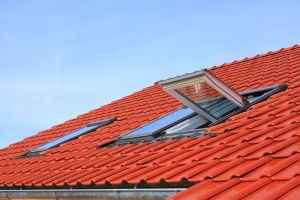
Wayne Siding, Windows and Roofing Installation Company
WayneDelaware CountyPennsylvania
303 W Lancaster Ave #263, Wayne, PA 19087, USA
2. Understanding the Causes of Leaks in Thatched Roofs
- 2.1 Weather and Environmental Factors
- 2.2 Aging and Wear of Thatch
- 2.3 Poor Installation or Maintenance
2.1 Weather and Environmental Factors
Thatched roofs are highly susceptible to weather conditions, especially in regions where heavy rainfall, high winds, or even snow are common. Wind and rain can loosen the thatch, allowing moisture to seep through. Over time, this can weaken the roof’s structure and lead to leaks. Additionally, long periods of humidity or rain can cause the thatch to rot, exacerbating the issue.
2.2 Aging and Wear of Thatch
As a natural material, thatch will naturally degrade with age. The thatching material, usually made of straw, reed, or similar grasses, can become brittle and lose its water-repellent properties over time. This degradation can lead to small gaps in the roof, which in turn allows water to enter. Regular maintenance and timely repairs are essential to ensure the longevity of the roof.
2.3 Poor Installation or Maintenance
If the thatch was poorly installed or hasn’t been maintained properly, leaks can occur more easily. For example, improper fastening of the thatch or a lack of a protective layer beneath it can increase the likelihood of water penetration. It’s important to ensure that the roof is properly sealed and that regular checks are conducted to prevent any issues from becoming major problems.
3. Modern Methods for Repairing a Thatched Roof Leak
- 3.1 Initial Assessment of the Roof
- 3.2 Effective Repair Techniques
- 3.3 Ongoing Maintenance Tips for Longevity
3.1 Initial Assessment of the Roof
The first step in repairing a thatched roof leak is to assess the damage. You’ll need to identify where the leak is occurring and determine the extent of the damage. Look for areas where the thatch may have been displaced or worn down, particularly near the roof's edges or around chimneys and vents. It’s important to also check the underlying structure for signs of water damage or rot. If you’re unsure, consider hiring a professional with experience in thatched roofs to perform the assessment.
3.2 Effective Repair Techniques
Modern methods of repairing thatched roof leaks combine traditional techniques with more advanced materials for better results. Here are the most common steps for repairing a thatched roof leak:
- Replacing Damaged Thatch: If the thatch has become too worn or damaged, you’ll need to replace the affected sections. Carefully remove the damaged thatch and replace it with fresh, water-resistant materials. New thatch should be installed tightly to ensure a secure fit, using specialized tools like a thatching needle to bind the material in place.
- Applying Waterproofing Treatment: After replacing the thatch, you can apply a waterproofing treatment or coating to help protect against future water damage. Modern treatments, such as eco-friendly sprays, can help extend the lifespan of the roof while still allowing it to breathe naturally.
- Reinforcing the Roof with Underlayment: A common modern method is to install a breathable underlayment beneath the thatch to provide an extra layer of protection against water penetration. This material acts as a barrier between the thatch and the roof structure, preventing water from soaking through the thatch and causing structural damage.
3.3 Ongoing Maintenance Tips for Longevity
Proper maintenance is key to ensuring the long-term health of your thatched roof. Here are some tips to keep your roof in top condition:
- Regular Inspections: Schedule annual inspections to check for any signs of wear, water damage, or displacement of the thatch. Look for gaps or areas where the thatch may need to be replaced.
- Cleaning and Debris Removal: Keep your roof clean by regularly removing leaves, twigs, and other debris that can trap moisture and lead to rot. Avoid walking on the roof, as this can damage the thatch.
- Address Leaks Immediately: If you notice a small leak, take action immediately. Small leaks can quickly turn into larger issues if left untreated, so it’s better to address them sooner rather than later.
4. When to Call a Professional
While small thatched roof repairs can often be handled by homeowners with the right tools and techniques, larger issues or extensive damage may require professional help. If the leak is widespread or you’re unsure about handling the repair yourself, it’s best to consult with a roofing professional who specializes in thatched roofs. A professional will have the expertise to properly assess the damage and apply the right materials and techniques to restore the roof’s integrity.
If you're looking for high-quality roofing materials or expert advice on maintaining your thatched roof, consider visiting BeachCo Roofing Hub, where you can find the best products and services to keep your roof in great condition.

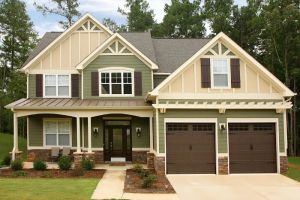
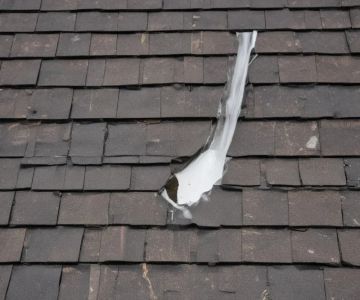

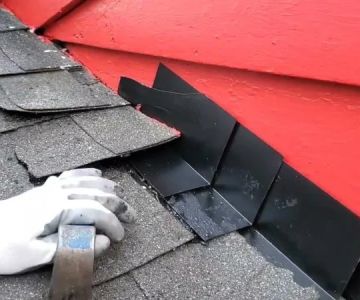
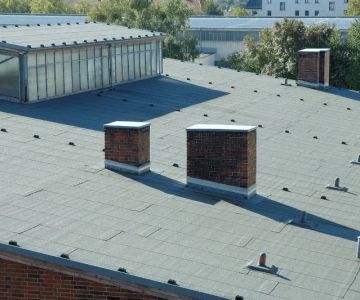

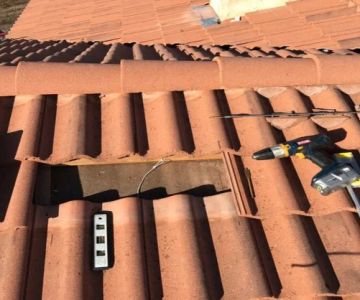
 MDX Roofing0.0 (0 reviews)
MDX Roofing0.0 (0 reviews) Perry Brothers Roofing LLC4.0 (22 reviews)
Perry Brothers Roofing LLC4.0 (22 reviews) Jacob E. Allen Roofing3.0 (11 reviews)
Jacob E. Allen Roofing3.0 (11 reviews)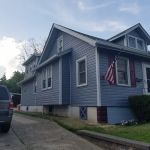 State Roofing LLC3.0 (3 reviews)
State Roofing LLC3.0 (3 reviews) Rebuild Inc4.0 (29 reviews)
Rebuild Inc4.0 (29 reviews) Jersey Roofing Solutions5.0 (37 reviews)
Jersey Roofing Solutions5.0 (37 reviews) How to Identify and Repair Roof Damage from Long-Term Shade and Moisture
How to Identify and Repair Roof Damage from Long-Term Shade and Moisture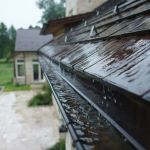 How to Prevent Roof Damage from Overflowing Gutters During Heavy Rain
How to Prevent Roof Damage from Overflowing Gutters During Heavy Rain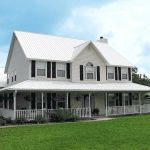 The Pros and Cons of a Black Roof vs. a White Roof
The Pros and Cons of a Black Roof vs. a White Roof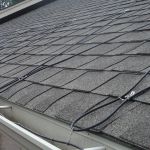 How to Install Roof Heat Cable on a Metal Roof to Prevent Ice
How to Install Roof Heat Cable on a Metal Roof to Prevent Ice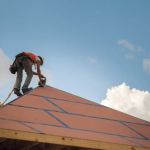 What is a Roofing System Design Professional? When to Hire an Engineer
What is a Roofing System Design Professional? When to Hire an Engineer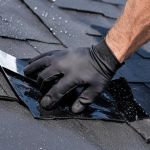 How to Repair a Roof Leak in a Building with a Fabric Membrane Roof
How to Repair a Roof Leak in a Building with a Fabric Membrane Roof